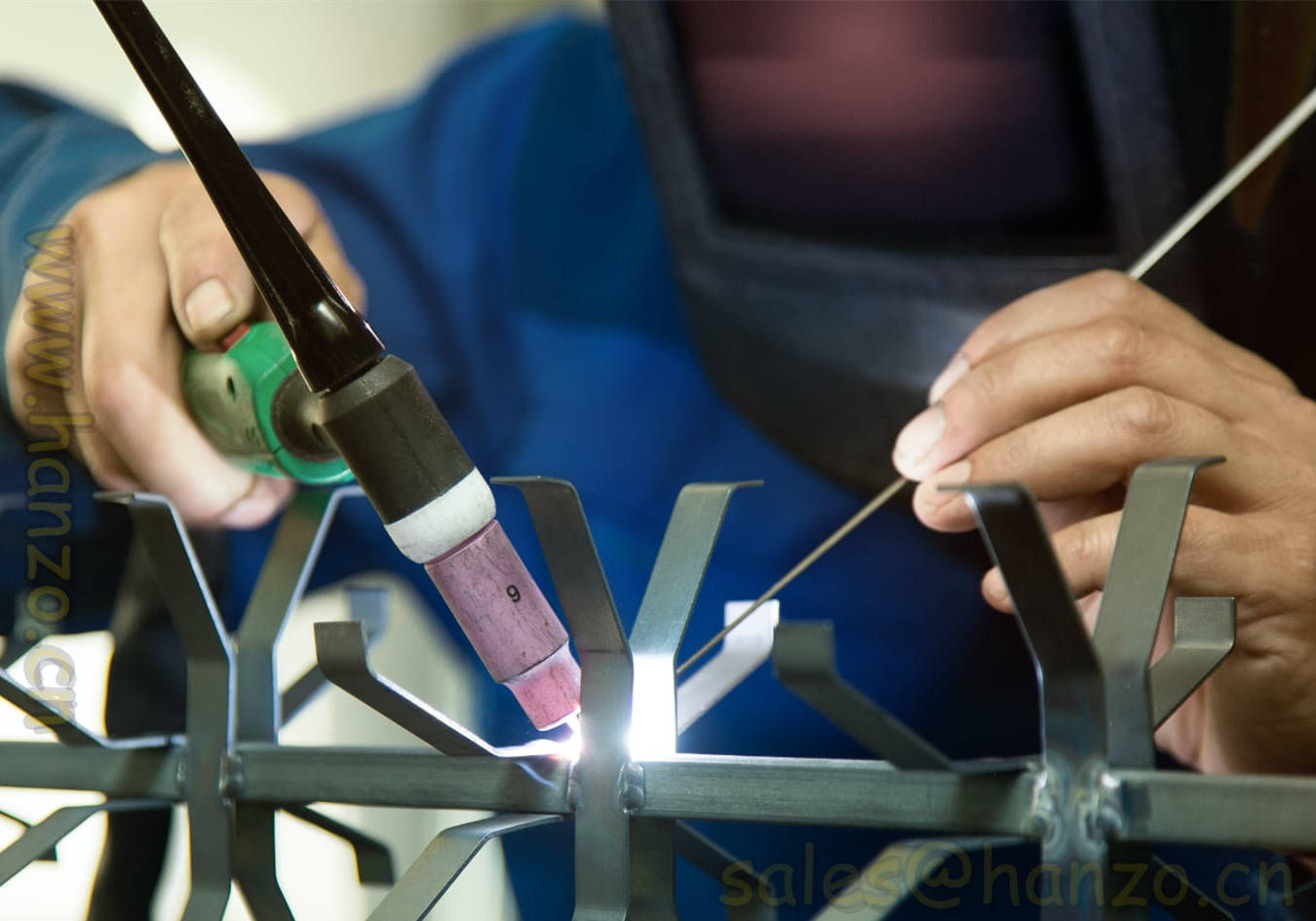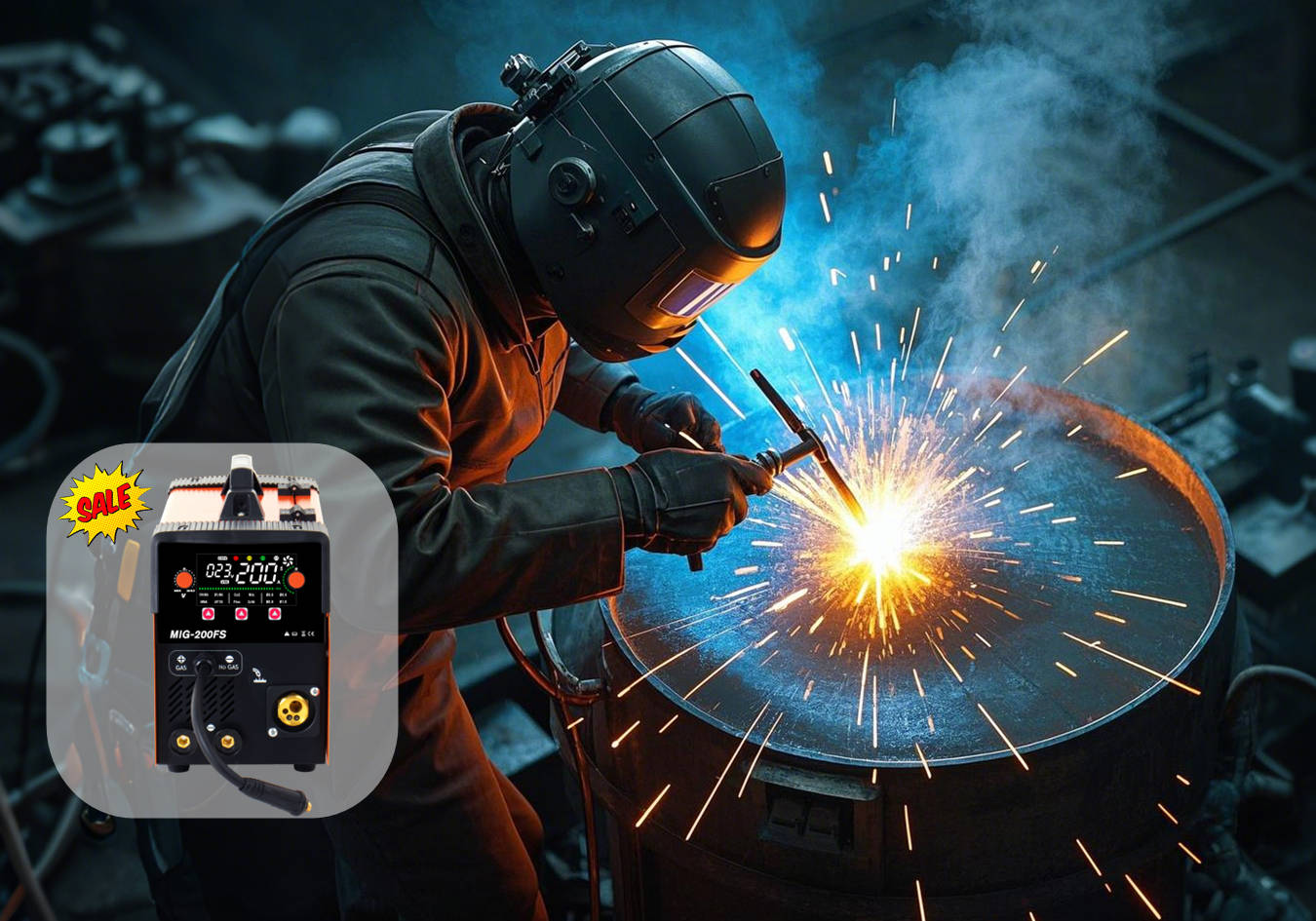In the current era of continuous innovation in welding technology, Lift-TIG stands out with its unique advantages. Are you curious about how it simplifies the operation process and improves welding efficiency? This article will elaborate on the powerful functions and practical operation methods of Lift -TIG in detail, leading you into a new era of efficient welding.
Lift-TIG, also known as "Lift Arc TIG Welding" or "Contact Start TIG Welding", is different from the high - frequency arc starting commonly used in traditional TIG welding. Lift-TIG generates the arc by contacting the tungsten electrode with the workpiece and then lifting it. This method can reduce the risk of impurities entering the welding area and the electromagnetic interference to electronic equipment in the welding environment. Moreover, it does not require a complex high - frequency arc starting device. It is suitable for welding various metal materials such as aluminum, stainless steel, and copper. Especially when welding thin plates, it can effectively reduce the risk of burn-through and deformation, and can precisely control the heat input of welding to ensure the welding quality.
How to use?
*Preparation: Clean the surface of the workpiece to remove impurities such as oil and rust to ensure a clean and flat surface. Select the appropriate tungsten electrode and welding parameters such as current and voltage according to the material and thickness of the workpiece. Correctly install the tungsten electrode on the welding torch, connect the shielding gas, and adjust the gas flow.
*Arc Starting Operation: Gently touch the tungsten electrode to the surface of the workpiece and keep it stable. Then press the switch on the welding torch and slowly and steadily lift the tungsten electrode vertically upward from the surface of the workpiece for a short distance, generally about 1/8 to 1/4 inch (3 to 6 mm). At this time, an arc will be generated.
*Welding Process: After the arc is ignited, maintain an appropriate arc length and welding speed to keep the arc between the tungsten electrode and the workpiece burning stably. Add filler wire as needed to make the wire melt evenly and blend into the weld pool to ensure the formation and quality of the weld.
*Arc Stopping Operation: After the welding is completed, stop feeding the wire and gradually lengthen the arc to allow the weld pool to cool and solidify gradually. You can also use the current decay function of the welding machine to gradually reduce the welding current to avoid defects such as shrinkage cavities and cracks at the arc stopping position.
All rights reserved by Hanzo Technologies Co., Ltd.


